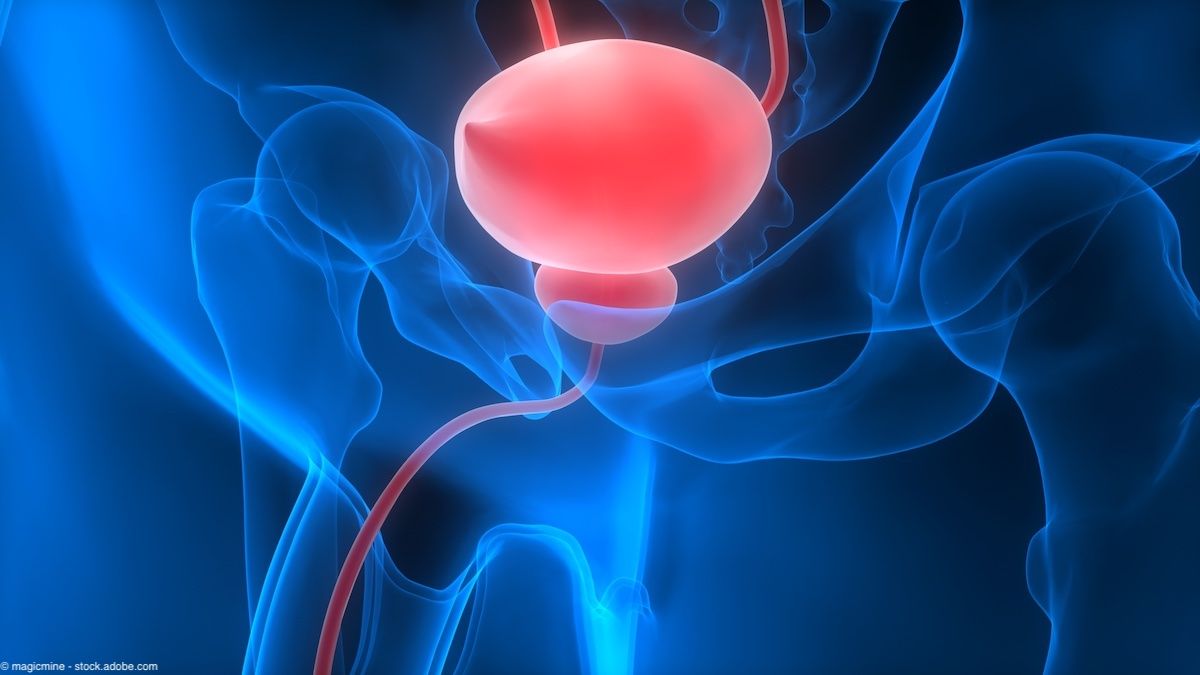Article
Double hydrodistention-implantation technique injection linked to low vesicoureteral reflux recurrence rate
Children who undergo a double hydrodistention-implantation technique injection with dextranomer/hyaluronic acid for primary vesicoureteral reflux are at low risk for recurrence.

Key Points
San Francisco-Children who undergo a double hydrodistention-implantation technique (HIT) injection with dextranomer/hyaluronic acid (Dx/HA [Deflux]) for primary vesicoureteral reflux are at low risk for recurrence, according to a recent report.
The risk is so low that radiologic follow-up may not be needed in some patients.
"The management of VUR is a changing field," said first author Jonathan Kalisvaart, MD, a urologist with Georgia Urology, P.A., Atlanta, and a pediatric urology fellow at Emory University School of Medicine, Atlanta. "The results can vary widely depending on the study and the technique used."
There is also a practical issue, noted Dr. Kalisvaart, who worked on the study with Andrew Kirsch, MD, and colleagues. Radiographic imaging involves an invasive procedure, which is unpopular with patients and families. A significant number of patients never return for the procedure. It would be useful to know whether clinical outcome alone might be enough to determine success or failure of HIT. Emory researchers decided to find out.
A total of 54 children with primary VUR were enrolled in the prospective study and completed more than 12 months of follow-up. All of the children received double HIT treatment, which involves two Dx/HA injections rather than the more common single injection. The two injections coapt both the ureteral tunnel and orifice. The double injection resulted in a mean of 1.5 mL of Dx/HA injected per ureter.
"The double HIT technique leads to excellent results," Dr. Kalisvaart said.
Consistently high success rate seen
He added that the Emory group has consistently shown 90% success and better in children with up to grade V VUR using the double HIT technique. Other researchers showed excellent results if the injection implant was visible by ultrasound following surgery.
The study called for an ultrasound exam 4 to 6 weeks following surgery. If the implants were visible on ultrasound, prophylactic antibiotics were stopped and patients were scheduled for a voiding cystourethrogram (VCUG) at 1 year. Radiographic success was defined as a negative VCUG, and clinical success was defined as no febrile urinary tract infections.
Of the 54 patients, 49 (91%) returned for ultrasound approximately 6 weeks following surgery and 30 (56%) returned for the 1-year VCUG. Within the group of 30 who had a VCUG, there were two radiographic failures, producing a 93% radiographic success rate. Of the two failures, one patient improved during follow-up and the other remained unchanged. There were no febrile UTIs among the patients with radiographic success.
Of the 24 patients who did not return for the VCUG, 18 were eventually contacted and their clinical status assessed. Within the original group of 54 patients, clinical information was available for a total of 43 (80%). Within the group of 43 patients for whom clinical information was available, there were three febrile UTIs, for a 93% clinical success rate.
"These results are durable out to at least 1 year," Dr. Kalisvaart said. The mean follow-up was 19.4 months, with a range of 13 months to 27 months.
"These results question the need for any radiographic follow-up in asymptomatic patients," he pointed out. "If the clinical results are good and the surgeon has a solid personal clinical record, radiographic follow-up may be unnecessary."














